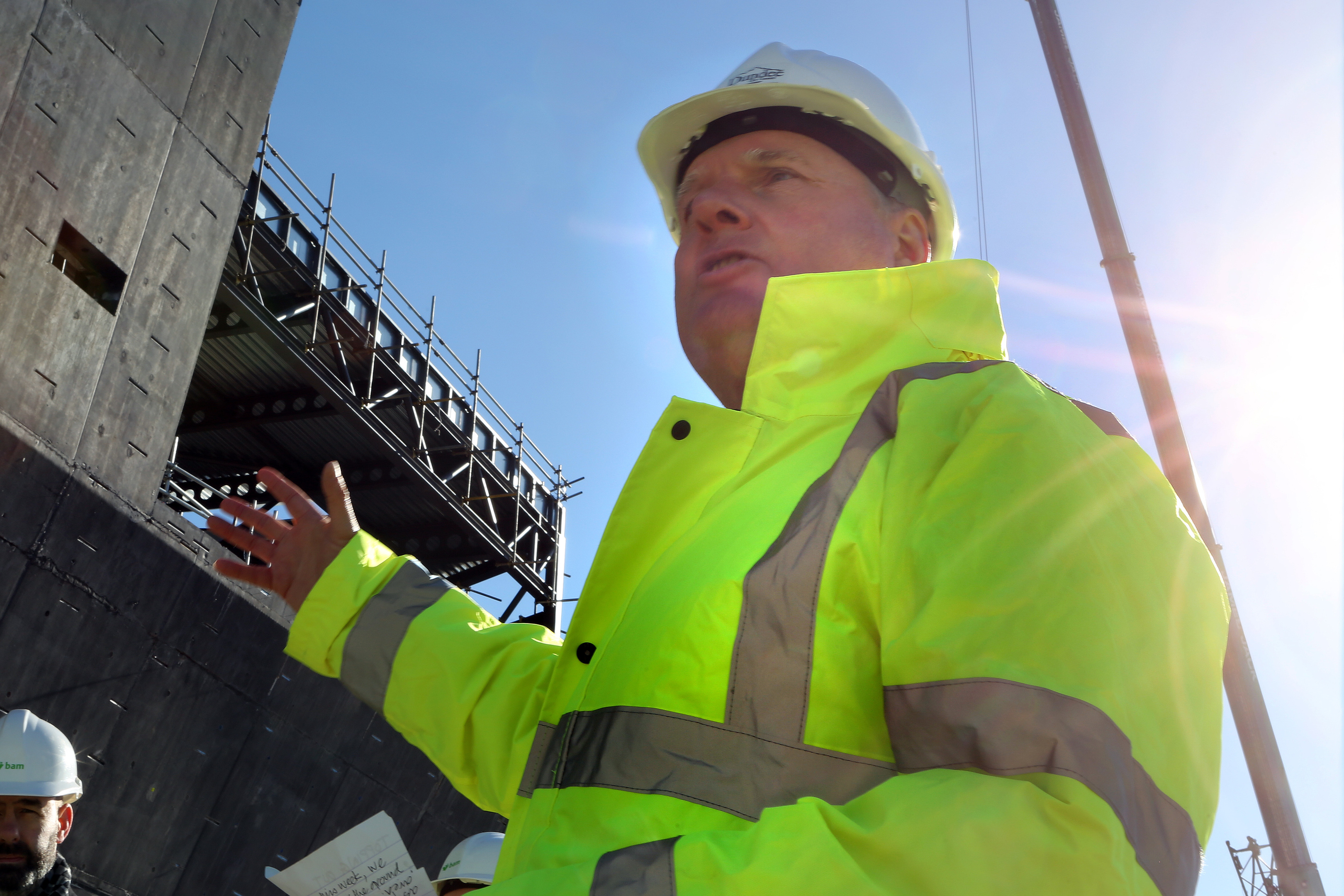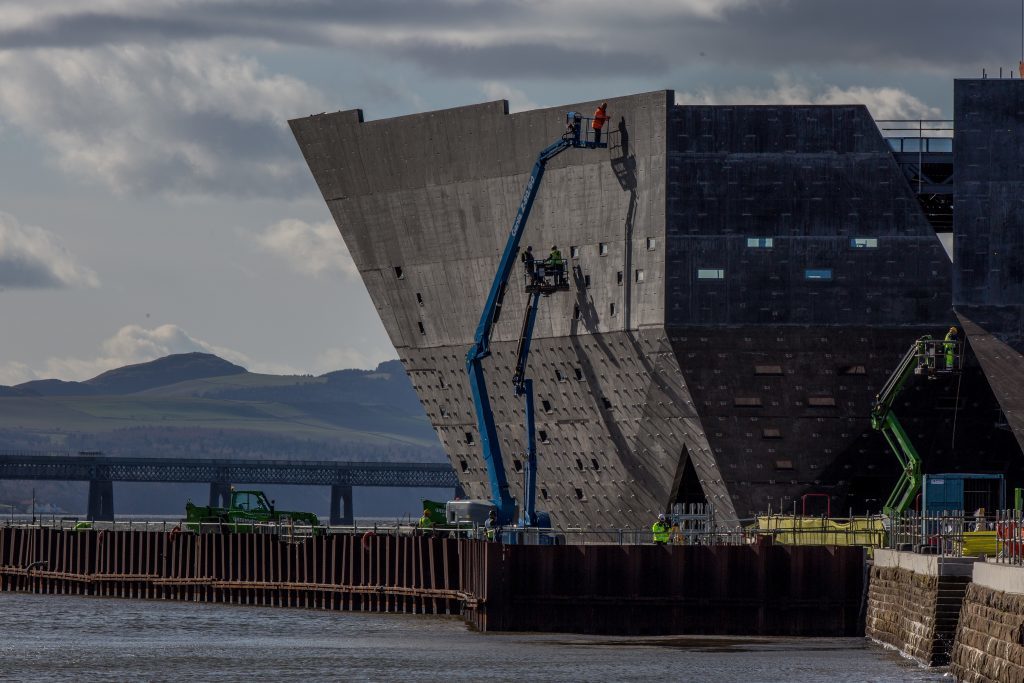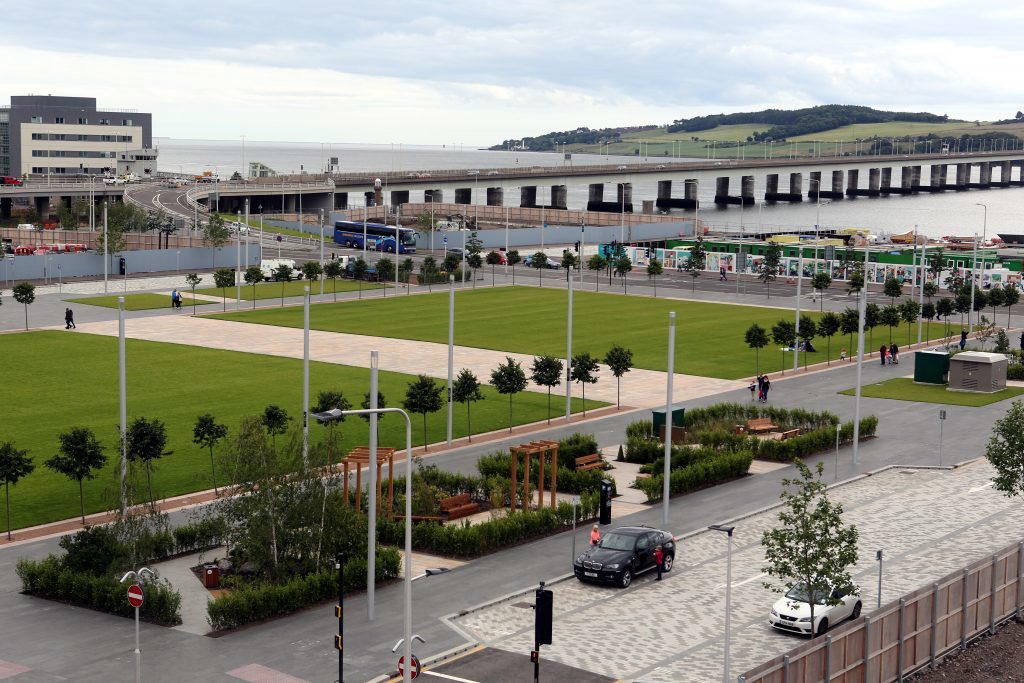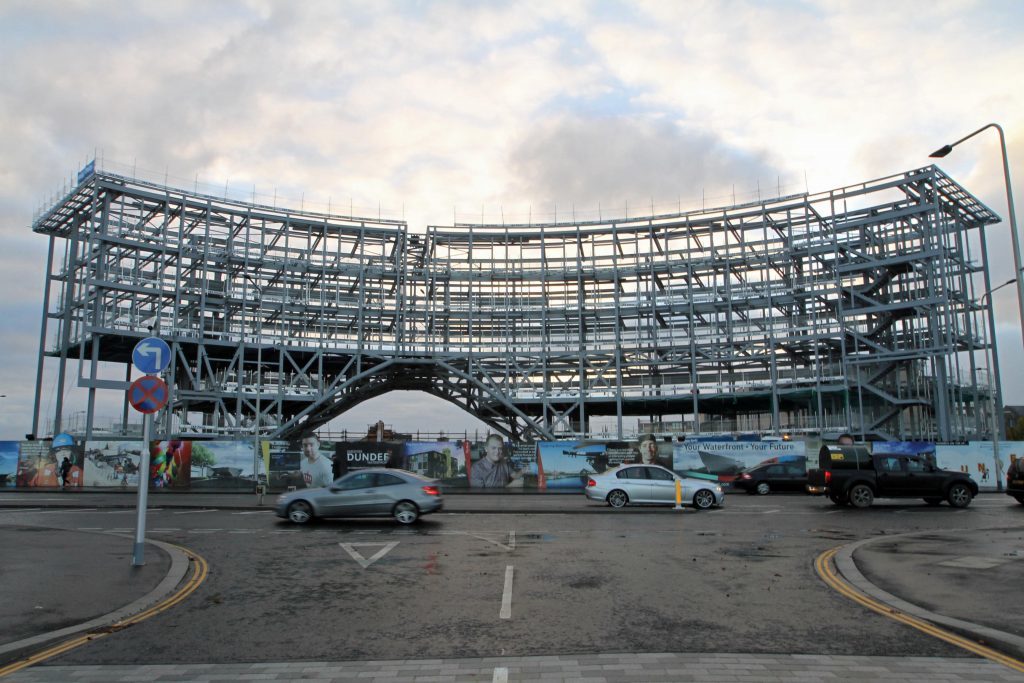As the V&A and new Rail Station buildings rise up on Dundee’s waterfront and new designs are published for the neighbouring commercial developments, a debate has begun locally about the nature of architecture and how the city should plan for design quality as an inherent part of its regeneration.
To help inform that debate, I would like to share the design process I have adopted throughout the development of Dundee’s waterfront project.
A key principle of my approach has been that the discipline of ‘urban design’ is the crucial missing link between planning and architecture; when done well, it’s what creates places that are widely regarded as attractive and pleasant to be in. We all subconsciously recognise this timeless quality by regularly being drawn to visit these kinds of places, be it Bath or Barcelona or Broughty Ferry.
Get the urban design wrong and we end up with the kind of disjointed and dysfunctional places that were all too often created during the 1960s’ infatuation with modernist architecture and planning. I have spent too much of my career demolishing and rebuilding these kind of failed schemes, including the notorious Gorbals on Glasgow’s southside.
When I arrived back in Dundee in the mid 1990s, the Waterfront in Dundee had become a classic example of that 1960s modernist dream gone wrong; a mini-motorway network of roads and ramps with pedestrians shoved up onto awful overhead walkways which linked brutal buildings that had no connection to the city or its character. A truly terrible first impression for visitors as they arrived in Scotland’s up and coming fourth city.
It was against this context that the master plan for Dundee Waterfront, which I drew up over 17 years ago, was very deliberately focused on establishing a strong urban design vision for the area that introduces a grid-iron pattern of traditional streets and boulevards which connect the city to the river.
This in turn establishes a range of new urban street blocks for medium-rise, mixed-use development interspersed with major new public spaces such as the recently completed Slessor Gardens.
High profile sites in the master plan have been identified for new landmark public buildings such as the V&A Museum and the Rail Station; these together with existing landmark buildings such as the Malmaison Hotel, the Custom House and Discovery Point, create a pattern of highly visible icons interspersed amongst a deliberate context of well mannered background buildings which will form the bulk of the new waterfront developments.
Not every building in a successful place can try to grab the maximum attention; otherwise the area will become a cacophony of ‘show off’ architecture that will come across as jarring and confusing.
The key to creating well mannered background buildings in the waterfront is to shun any temptation to focus on issues of architectural style and instead look to the underlying design qualities of the surrounding historic environment. However, we should avoid attempting any historical pastiche as we will only end up with a false and shallow ‘disneyfied’ theme park; instead we need to distil and reinterpret the enduring qualities that make Dundee the place it is.
These essential urban design qualities are to do with building widths, heights and proportions, the ratios between windows and walls on their main elevations and the use of materials and the creative use of colour. In particular, the creation of active and engaging ground floor uses on the main pedestrian routes will be highly influential in achieving that timeless quality we seek to create.
Even if we achieve all of these qualities as we develop the waterfront sites, I am not naïve enough to think we will manage to please everyone. Design appreciation is still a very individual matter and depends greatly on personal taste and preference. Nevertheless, if we can match enlightened clients with talented designers and support the primacy of design as a process, then I am confident that we will get it right most of the time for most of the people.
Mike Galloway is director of city development for Dundee City Council.



